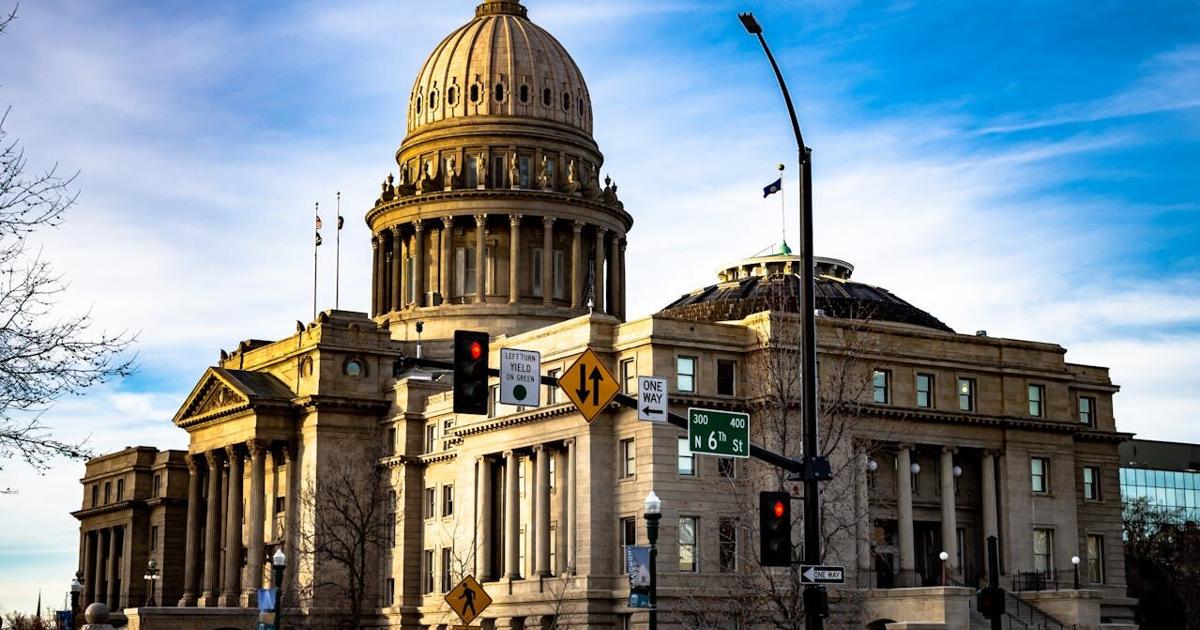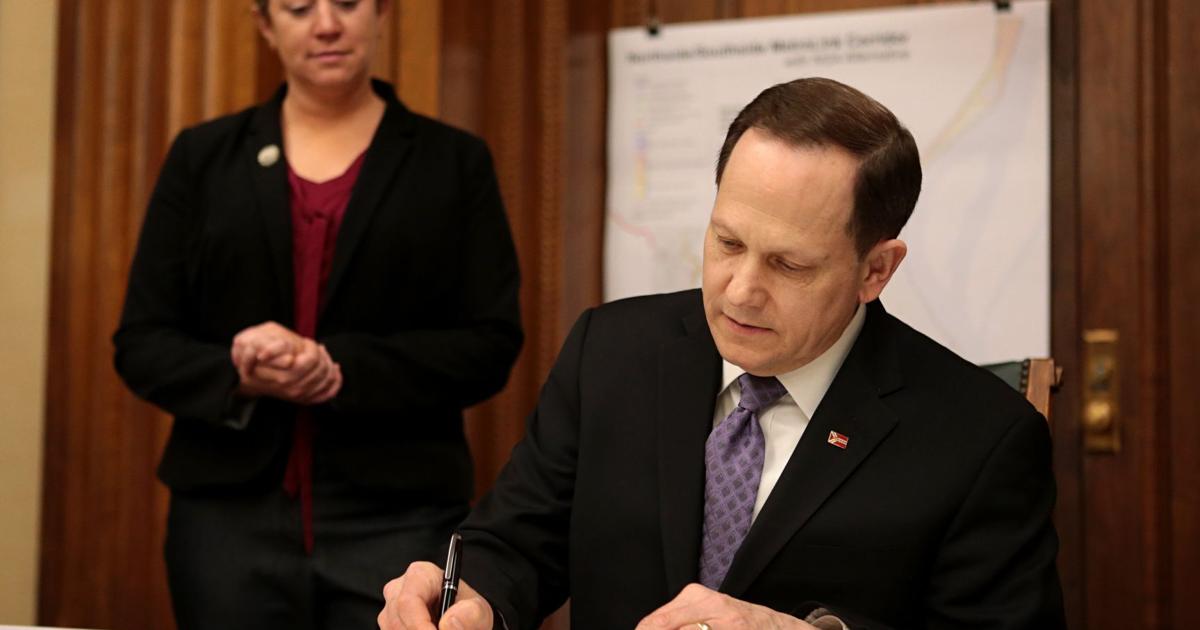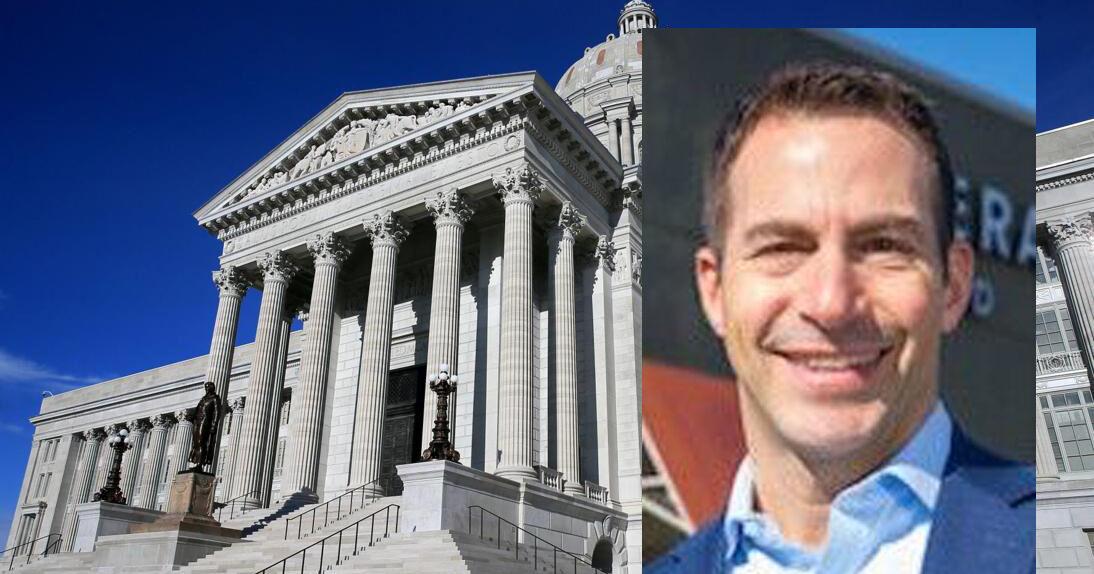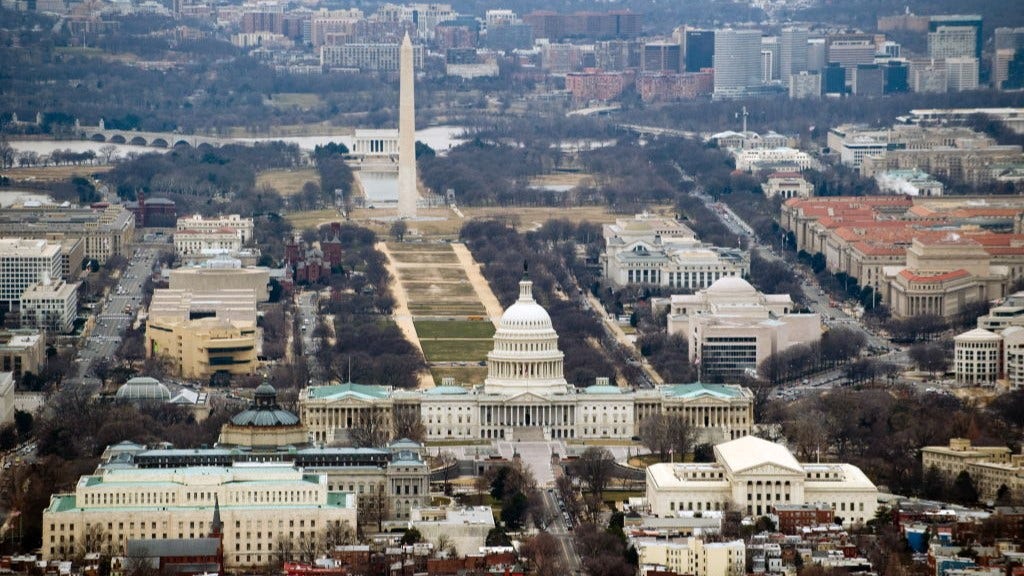Virginia has awakened to a cool new railroad set under its holiday tree. It includes multiple trains to run between Washington, D.C., and stations in Henrico County and downtown Richmond. It has tracks east to Norfolk and Newport News and west to Roanoke and the New River Valley and maybe Bristol.
The set even includes tracks to run fast trains from Richmond to Raleigh, N.C., a state capital-to-capital connection that would take about 75 minutes less time than it does now.
Sounds swell, but now Virginia has to assemble it all so the trains reach their destination on time.
“That is a very accurate representation,” said DJ Stadtler, executive director of the Virginia Passenger Rail Authority.
People are also reading…
U.S. grants $1.7 billion toward rail service in Va., N.C.
Stadtler is a former Amtrak executive whose job is to lead the vision to reality for passenger rail travel in Virginia. The idea is to give commuters and other travelers an alternative to driving on Interstate 95 and to give the state a better option than spending $12 billion to widen the interstate between Washington and Richmond, only to find the traffic no better when the work is done 10 years later.
It’s going to take time, with service expected to become almost hourly between Amtrak’s Staples Mill Road Station in Henrico and Union Station in Washington by 2030. In the meantime, the authority is expanding train service when it can, with additional trains already running to Norfolk and Roanoke, and two more expected to begin service in 2026, with both running between Richmond and Washington, and one extending to Newport News.
“We’re getting people off the roads and we are setting ridership records,” Stadtler said.
But it all depends on building a new bridge across the Potomac River for passenger rail, instead of sharing a 119-year-old span with freight trains and commuter trains run by the Virginia Railway Express. Without eliminating that bottleneck, Virginia won’t have enough capacity to add train service to and from Washington to the system.
DJ Stadtler, executive director of the Virginia Passenger Rail Authority, talks about planning for a new Richmond to Raleigh rail line. He is shown at the authority’s office in downtown Richmond.
The “Transforming Rail in Virginia” initiative is picking up speed with two contracts that the authority’s board of directors awarded this month to build critical portions of the $4.4 billion project.
One will build a fourth track from the new rail bridge to the L’Enfant Metro Station in Washington, the busiest transit station for commuters on the Virginia Railway Express. That means crossing the Washington Channel, along the redeveloped waterfront where the Anacostia River flows into the Potomac, and heavily traveled roadways such as Maine Avenue, Ohio Drive and Interstate 395 in a bustling part of D.C. That’s expected to be done in 2030.
The other will build a 1.8-mile rail bypass that crosses over the existing railroad tracks at Franconia-Springfield in Fairfax County to link to the new bridge on the up-river side of the old Long Bridge. Completion is scheduled in 2026.
At the same time, the authority will release a request for qualifications in early February for prospective contractors to build the new passenger rail bridge across the Potomac, with another new bridge for bicyclists and other pedestrians. Both bridges also must cross over the George Washington Parkway, another heavily traveled commuter route on the south side of the river.
The project also includes construction of a fourth track 6 miles from the new bridge to south of the Amtrak station in Alexandria. The work is expected to be completed in 2026.
Separately, the authority is working with CSX Corp. to add a third track along six sections of the line between Springfield and Ashland to help manage the flow of passenger and freight train traffic. Work on three segments, including one in Hanover County, is scheduled to be done in 2026, and the other three in 2030.
The whole package already is fully funded as part of rail agreements signed in 2021 by Virginia, Amtrak and CSX Corp., which sold the state 350 miles of railroad right-of-way and 225 miles of existing track. The federal government this month gave the state an additional $729 million from the Infrastructure Investment and Jobs Act to fill a funding gap that had opened because of higher costs and lower than expected highway toll revenue on Interstate 66 during the COVID-19 pandemic.
Richmond to Raleigh
At the same time, the federal government awarded $1.1 billion to North Carolina to build a new passenger rail track 18 miles from Raleigh to Wake Forest, N.C., to eventually link with a new rail line from Richmond to just south of the state border.
That money won’t be spent in Virginia, but the authority will be plenty busy using a $58 million federal rail grant that the state and North Carolina received last year to plan the new track that will eventually allow higher speed passenger rail – running up to 110 miles per hour instead of just over 70 miles per hour – to significantly cut the time of rail travel between the capitals.
“People have asked about the schedule; people have asked about the cost,” Stadtler said. “We have no idea.”

A railroad crossing sign marks the Virginia Passenger Rail Authority.
They expect to know more soon because they are launching a procurement process in late January to hire consultants to study each of six segments of the project on 90 miles of abandoned track from Richmond to the Ettrick Amtrak Station near Petersburg along the Interstate 85 corridor to North Carolina.
The second section of the project might be the most challenging – about 20 miles from Bellwood in Chesterfield County to Petersburg, which includes a one-track bridge across the Appomattox River.
“We have to either enhance the current Appomattox River Bridge or add another one,” Stadtler said.
The project requires reclamation of abandoned rail right-of-way along the old S-Line, which CSX sold to Virginia as part of the rail deal. Stadtler said that where the abandoned tracks end, all-terrain vehicles already have made a clear trail ahead. Then there are horseshoe pits, swing sets, fire pits and other amenities that have popped up on the abandoned rail right-of-way.
“There are a lot of conversations we’re going to have to have,” he said.
But in the end, probably sometime in the next decade, Stadtler said a completed rail line between Richmond and Raleigh will be worth it for travelers.
“This Richmond to Raleigh line is a great opportunity to get more people onto trains because it takes time off the schedule,” he said. “It gets you there faster.”
From the Archives: Broad Street Station

Year unknown: Workers clear overgrown lot by Broad Street Station.

12-18-1956: Towering trees–Two of largest indoor Christmas trees in Richmond are in place and lightened–one in Broad Street Station.

09-06-1962 (cutline): There will be no more free parking for motorists at Broad Street Station. The temporary toll booth shown has been set up at the Robinson St. entrance to the station parking lot to collect parking fees from motorists. A permanant booth is being built near the present booth. The Davis. St. entrance has been blocked off to prevent cars from entering the lot from that side.

07-18-1967: Broad Street Station.

12-11-1970: Broad Street Station , looking west at approximately 7 a.m.

04-23-1969 (cutline): Magnolia trees to flower amid columns at Broad Street Station. Mrs. W.K. Norman lends helping hand.

06-08-1951 (cutline): View shows damage caused to West Side of Broad Street Station dome. Removal of tile, broken in last week’s slide, will begin today.

06-04-1951 (cutline): Dome of Broad Street Station after tile dropped. Lightning believed to have caused concrete collapse.

10-24-1942: Broad Street Station.

05-20-1972: Broad Street Station.

11-15-1975 (cutline): Last passenger train rates musical farewell at Broad Street Station. Seven-piece brass band gathered to note the occassion with ‘Auld Lang Syne.’

05-20-1946 (cutline): A Richmond, Fredericksburg & Potomac Railway train pulls out of Broad Street Station on its was to Washington.

12-10-1970 (cutline): Broad Street Station yards looking West at approximately 7:15 AM.

12-10-1970 (cutline): Passengers and stations staff discuss the travel by rails halt at Broad Street Station at approximately 7:30 a.m. this morning.

04-01-1944 (cutline): Service for servicemen–A member of the 1345th Service Unit, Richmond Military Police Battalion (in booth), gives directions to visiting serviceman at a new servicemen’s information booth established at Broad Street Station. A similar booth is in operation at Main Street Station.

05-23-1957 (cutline): Broad Street Station.

08-07-1951 (cutline): Repair of Broad Street Station front–The maze of scaffolding in front of Broad Street Station is being used by workmen doing routine work on the Indiana limestone building. This is the first time the mortar between the stone blocks has been working on since the building was constructed. The work is being done while the station’s dome is being repaired. It leaves only one way to enter the front of the building–through the tunnel just visible in the center of the scaffolding.




























/cdn.vox-cdn.com/uploads/chorus_asset/file/24924653/236780_Google_AntiTrust_Trial_Custom_Art_CVirginia__0003_1.png)




/cdn.vox-cdn.com/uploads/chorus_asset/file/25672934/Metaphor_Key_Art_Horizontal.png)

